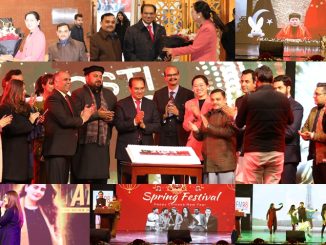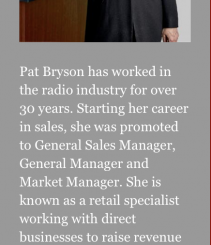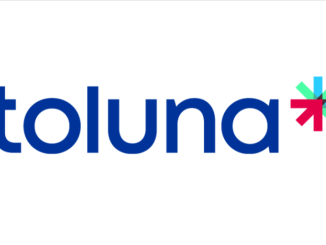Selling Radio Direct with Pat Bryson.I’m sure you’ve heard the story about the two woodsmen who were in a challenge to see which one could cut the most trees. All day they labored. One woodsman cut continuously, fervently cutting trees. He heard the other woodsman cutting, then silence, then cutting, then silence. He thought the second woodsman must be resting.Woodsman one knew he was sure to win because he never stopped cutting. But, at the end of the day, woodsman two, the one who cut intermittently, had the biggest pile of wood. Woodsman one was stunned! “How did you end up with the biggest pile of wood? I heard you stop cutting, you didn’t work straight through!” Woodsman two replied, “I was sharpening my saw.”
I am amazed, and a bit appalled, at how many broadcast companies do not offer ways for their staffs to sharpen their saws. They don’t see the need for continuing training for their staffs. Or, perhaps they provide some hit and miss training, but nothing on a regular basis. Many only train the new comers and that training is usually brief.At the risk of sounding self-serving, may I speak directly to the owners and managers who might be reading this: “What do you provide your staff to sharpen their saws?” Whether my services, or some other method, do you continuously feed your staff? Feeding tenured salespeople is perhaps even more vital than feeding new ones. And, more challenging.How is your attrition rate? Does your training for new hires continue past the first few weeks? Do you feed them through the first year? The second year? We all know that new people tend to leave in the first few months or certainly before their first anniversary. We can no longer expect to give a new person a week or so of training and consider them to be full-grown salespeople.2023 will require sophisticated selling methods.Now let me speak to the salespeople who might be reading this newsletter. If you are fortunate enough to work for a company that provides training, wonderful. But if you are not, or even if you are, I ask you, “What are you doing to sharpen your own saw?” The most successful salespeople with whom I work make it their own responsibility to learn, to grow, to absorb new materials. They regularly call me and ask if I’ve read a certain book they happened upon. They subscribe to newsletters. They attend training sessions. They read. Lots. They listen to audio books and podcasts.
You say you don’t have time? You juggle work and family. I say, “How can you NOT make the time?” Successful people make the time. Remember, we all have 24 hours a day. How we use them determines our success.Broadcast is one of the few professions which does not require continuing education to keep your job. Lawyers, doctors, nurses, insurance agents, realtors, CPA’s all require continuing learning to remain in the profession.Even though becoming a sales professional does not require a license, it should require continuing education.As we head into 2023, I challenge you to find ways to become better, to learn more, to take time to sharpen your saws.Now to the shameless self-promotion: We at Bryson Broadcasting International provide a sales system that works. It is designed to help you to sell larger, longer-term campaigns. We teach this method to newcomers to our industry and to tenured professionals. Not only are these campaigns better for us, they are better for our clients! They move their revenue needle.I’m available for customized consulting agreements for your staff. I also offer on-line training done live with you. If you’d like to discuss whether we might be a good fit for your company, call me at 918.810.3068. Or email me at [email protected].My goal: to have broadcast professionals populate our industry. We hold the keys to creating successful campaigns for our clients. But we need to be great to succeed.Happy selling and happy learning in 2023! […]





